It’s 25 years since Scotland’s tradition of lighthouse keeping ended, but MV Fingal – launched 60 years ago and now a luxury ‘floating hotel’ – played a vital role in keeping mariners safe. Gayle Ritchie finds out more.
When the keepers at Fair Isle South Lighthouse in Shetland turned off the light for the last time, it signalled the end of an era.
They knew it was coming – the process of automation had begun in the late 1960s – but it was still a very sad time.
The lighthouse was the last in Scotland to become fully automated, and March 31 1998 marked the end of a 200-year tradition.
The late Angus Hutchison was the last principal keeper and along with fellow keepers, including Bill Gault, he attended the switch-off ceremony at Fair Isle South.
Angus had joined the service in 1962 – following in the footsteps of his uncle, father, grandfather and great grandfather.
Her Royal Highness The Princess Royal, patron of the Northern Lighthouse Board (NLB), attended the automation ceremony, during which a plaque commemorating those killed during the war was erected by the NLB and the Museum of Scottish Lighthouses.
With the completion of NLB’s automation programme – 25 years ago – there was no longer the need for keepers in remote coastal locations to man the life-saving structures.
Instead, the lights were to be controlled, automatically, from Edinburgh.
The duties of a keeper had been varied – from looking after the lights to polishing brass work and washing lighthouse exteriors.
They would be transported to and from lighthouses around the coast by NLB tender ships, one of which was Fingal, operating out of Oban Bay for more than three decades.
Floating hotel
Relaunched as Scotland’s only luxury “floating hotel” in 2019, and docked in Leith, Fingal is now owned and operated by the Royal Yacht Britannia.
The historic vessel recently “sailed” into the AA’s prestigious list of hotels and restaurants for the first time after being awarded the top five-star rating for the hotel and two AA Rosettes for its Lighthouse Restaurant.
To mark the 25th anniversary of Scotland’s last lighthouse keepers, and 60 years since Fingal was launched, in 1963, we spoke to retired keeper Ian Duff and Mike Bullock, chief executive of the NLB.
Life of a keeper
Ian Duff, 74, retired from being a lighthouse keeper in 1992. Originally from Morayshire, and with an earlier career in the whisky industry, Ian has lived in Oban since 1992.
Among the NLB lighthouses he worked at – and there were 16 – were Skerryvore, Duncansby Head and Pladda in the Firth of Clyde. Skerryvore was his final lighthouse station before the automation programme began in the early 1990s. This, of course, meant he was forced to retire.
“It was an extremely sad moment,” laments Ian. “Being a lighthouse keeper was a way of life. But I knew the end was coming when automation started to take over.”
Ian dreamed of being a lighthouse keeper when he was a boy and, despite the hazardous environment, he sorely misses the job.
“Being a keeper allows you access to places most ‘normal’ people would never get to see or live in,” he reflects. “Puffins at Muckle Flugga would walk into the lighthouse accommodation. It was a wonderful feeling to be associated with the sea like that.”
Ian recalls, on wild days, standing for hours simply watching the sea breaking over the rocks – jumping back if it threatened to hit the door, which was 30 feet up.
“I loved waking up on a summer’s morning in a place like Skerryvore,” he adds, “seeing all the seals lying on the rock, at peace.”
Ian has fond memories of eating lunch on board Fingal with three other keepers, while a helicopter transported supplies from the ship to the lighthouse – including cement, diesel, paint, roof tiles and fresh water.
Transformation
So how did Ian feel about Fingal being transformed into a luxury ship?
“Eric Smith was the former captain of Fingal when it was a lighthouse tender,” he recalls. “I visited Fingal with Eric when it was transformed into a luxury floating hotel.
“The ship has a whole new identify now but still retains some of its nautical heritage.”
A significant year
Mike Bullock, chief executive of the Northern Lighthouse Board, says 2023 is a significant year in the lighthouse world.
“The departure of keepers was a poignant milestone and the end of an era,” he says.
“This unique profession wasn’t just a job – it was a way of life – but as reliable technology became available, automation was inevitable.
“And 25 years on, the role of the lightkeeper is never far from our minds.
“For more than 200 years they kept the lights shining and saved countless lives at sea.
“Their legacy lives on and I’d like to think we are seen as the modern-day custodians, looking after these wonderful structures for the next generation, keeping mariners safe and helping protect our precious marine environment from environmental damage.”
Rich heritage
The NLB, which manages and maintains 208 lighthouses in Scotland and Isle of Man – along with other navigational aids for mariners – has a rich heritage dating back to 1786.
Its headquarters have been at 84 George Street in Edinburgh since 1832, with a miniature lighthouse marking the entrance.
NLB was originally tasked with building four lighthouses – Kinnaird Head, North Ronaldsay, Scalpay and Mull of Kintyre – but it gained a reputation for engineering excellence, largely due to the work of Robert Stevenson who designed at least 15 of NLB’s major lighthouses, including Bell Rock near Dundee, Cape Wrath and Girdle Ness.
The first major phase of automation in Scotland took place between the 1960s and the 1980s using gas-operated lights.
Gas pressure created a bright white light while powering a lens to rotate around the gas mantle. This light could be viewed from at least 18 miles away.
Many lights would have been automated far earlier if keepers had not had to maintain and operate fog signals and radio beacons.
But with advances in technology, the automation of the remaining lighthouses was eventually completed, with all major lights remotely monitored from 84 George Street.
Human intervention is still key, however, and faults still need to be fixed by an NLB technician who reaches the job by ship, helicopter or car, depending on the location.
Retained lightkeepers are also employed to check on lights that are relatively easy to access by road, with duties including lens cleaning and general maintenance.
Work is under way to modernise the lights, including converting many to solar power.
Vital role
MV Fingal played a vital role in ensuring the safety of mariners. Built for the NLB by the Blythswood Shipbuilding Company in Glasgow, she was registered in Leith and launched in August 1963. The vessel was stationed in Oban for 30 years and then for six years in Stromness.
As a maintenance and supply vessel for lighthouses and buoys, Fingal played a key role in ensuring mariners’ safety by ferrying lighthouse keepers, supplies and maintenance staff to lighthouses, as well as undertaking repairs to navigational aids throughout the West Coast and the North of Scotland.
She retired in 2000 and was sold to a private owner and renamed Windsor Castle.
The owner maintained the ship in working order for 14 years on the River Fal in Cornwall.
However, in December 2008, he approached The Royal Yacht Britannia Trust to see if it was interested in acquiring Windsor Castle.
There then followed six years of negotiations before the ship was eventually acquired by the trust in July 2014.
After a dry dock survey in Falmouth, the ship was towed to Leith in August 2014 and the detailed designs began.
Restored
Two years later her original name, Fingal, was restored as a tribute to the role she had performed for the NLB, and the great affection with which she was held throughout the coastal communities she served.
The £5 million conversion took more than two years to complete, and involved hollowing out the ship to create 22 cabins – all named after Stevenson lighthouses, inspired by the vessel’s rich maritime heritage.
The double-height ballroom features two sweeping staircases, perfect for weddings.
The upper deck features the two-star AA Rosette Lighthouse Restaurant & Bar plus a small private dining room, The Bridge.
Becoming a luxury hotel in 2019, the former NLB tender is a world-class foodie destination with all the glamour and style of a superyacht, but with an air of old-world art deco luxury ocean liner elegance.
Last year, the AA crowned Fingal one of the top 25 five-star hotels and restaurants in the UK and Northern Ireland. It was awarded the top five-star rating for the hotel and two AA Rosettes for its Lighthouse Restaurant.
Also in 2022, Fingal sailed into the 20th annual Tripadvisor Travellers’ Choice Best of the Best Awards for the third year running.
Fingal’s Lighthouse Restaurant and Bar is open to non-residents for afternoon tea, dinner and cocktails.
Afternoon tea
Gayle Ritchie enjoyed afternoon tea on board Fingal – and she was blown away…
It was rather a chilly afternoon when I boarded Fingal, firstly gazing, somewhat open-mouthed, at just how resplendent she looked from the outside.
Inside, I found myself stepping back in time as I was given a quick guided tour of the ship and then led to my table, under the stunning shimmering ceiling of the private dining area.
Then it was time for the ultimate indulgence – afternoon tea.
The staff were super friendly and helpful, handing me a menu, a glass of champagne, and then answering my questions about the myriad types of tea on offer.
I opted for a light, delicate variety for starters – Moonlight White. Floral and sweet in flavour, it’s said to be made from the “early harvest buds and leaves of ancient tea plants” and gets its name from the process of withering the leaves under moonlight.
As I sipped this gorgeous drink, I was presented with an astoundingly beautiful – and mouthwatering – rack of savoury and sweet treats. The amuse bouche was a tasty carrot and parsnip soup, and then… I simply did not know where to begin!
I started off with Fingal’s own hot smoked salmon in a potato pancake, and asparagus tart. A taste sensation.
Then I enjoyed a roast tomato and wild garlic risotto ball, before stuffing myself with a roast tomato and wild garlic risotto ball and some chicken liver parfait.
There were a heap of dainty sandwiches, which, yes I devoured – smoked salmon, avocado and radish, egg mayonnaise, and mature cheddar with tomato relish.
I took a wee breather and experimented with another type of tea, this time, their Highland whisky blend. This definitely got the thumbs up. A dram in a tea? Yes please!
Then it was time to attempt the divine looking selection of sweets. There were buttermilk scones, jam and cream, a vanilla cream brioche bun, a lemon and poppy seed macaron, a gold chocolate truffle and an amaretto and raspberry white chocolate bar. Just wow!
I realised my eyes were bigger than my belly after the first scone, and asked for a wee box in which I could take away all the uneaten treats. It would’ve been a crime to leave them!
I chilled out for a while, simply gazing out of the windows, watching the ever-changing views of vessels coming and going.
I rounded things off with coffee and then reluctantly made my way outside for a wander.
There’s a pleasant, signposted walk along the Water of Leith, and if you go far enough, you’ll come across the rather strange series of Anthony Gormley statues – figures standing in the water itself. If you’re not expecting them though, you might get a fright!
Later that evening, when I regained my appetite, I enjoyed my takeaway sweet treats.
What a fantastic way to spend a few hours – I highly recommend it.
- To book afternoon tea on Fingal go to: fingal.co.uk/food-drink/afternoon-tea/
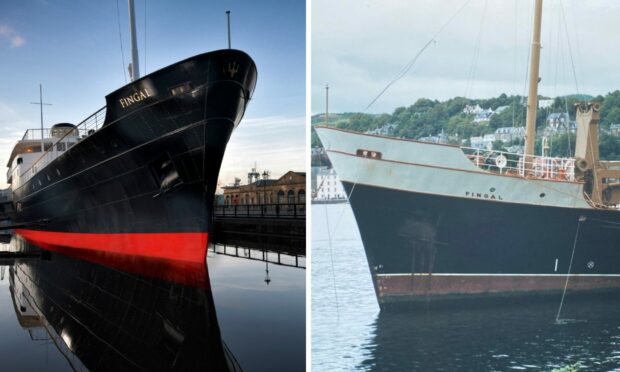
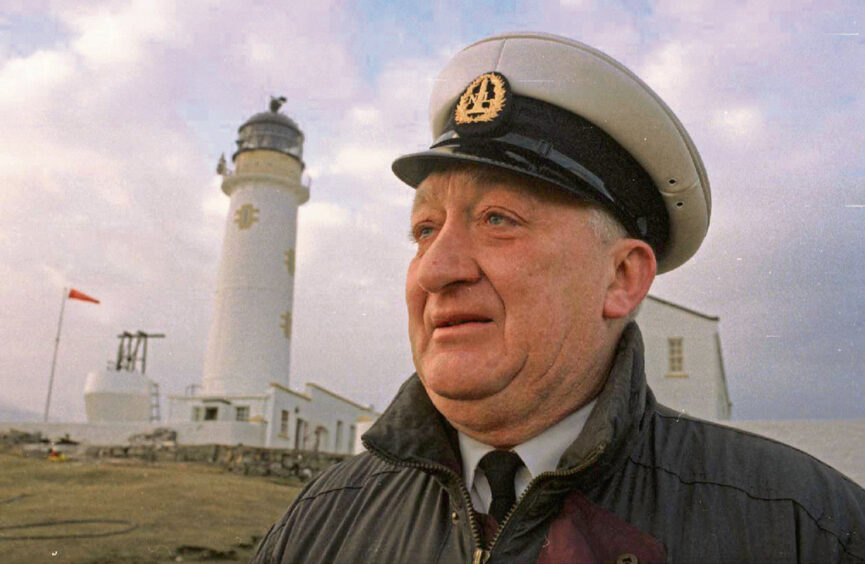
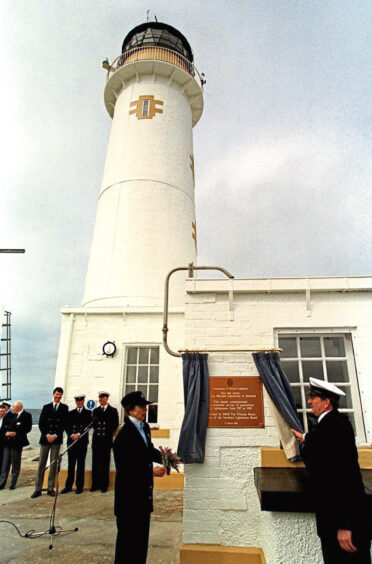
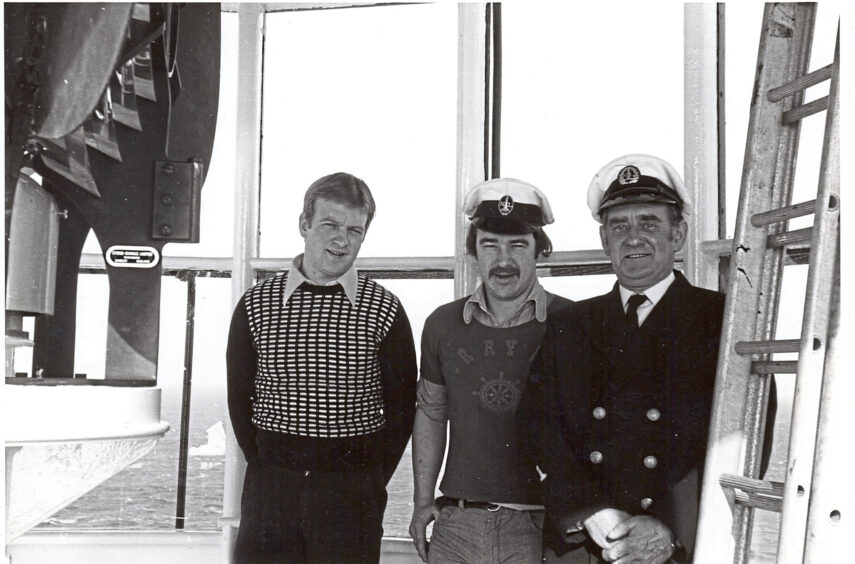


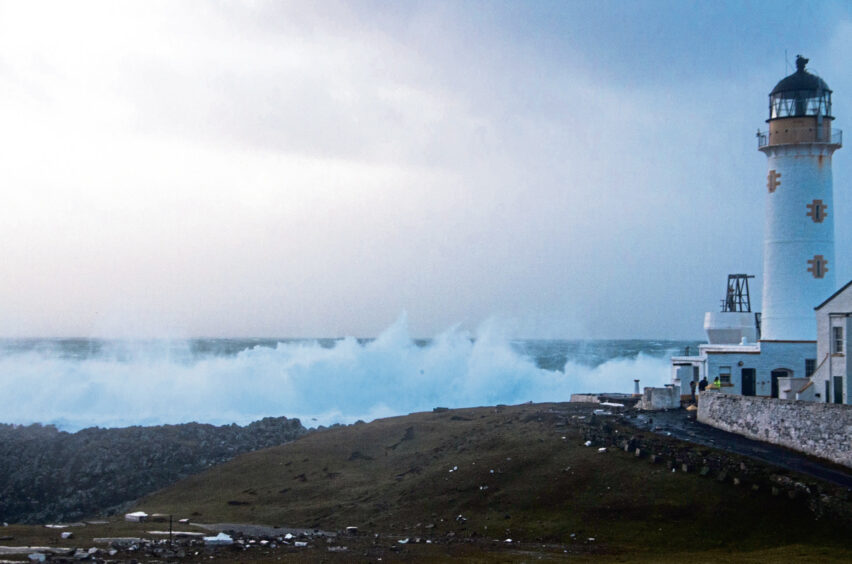
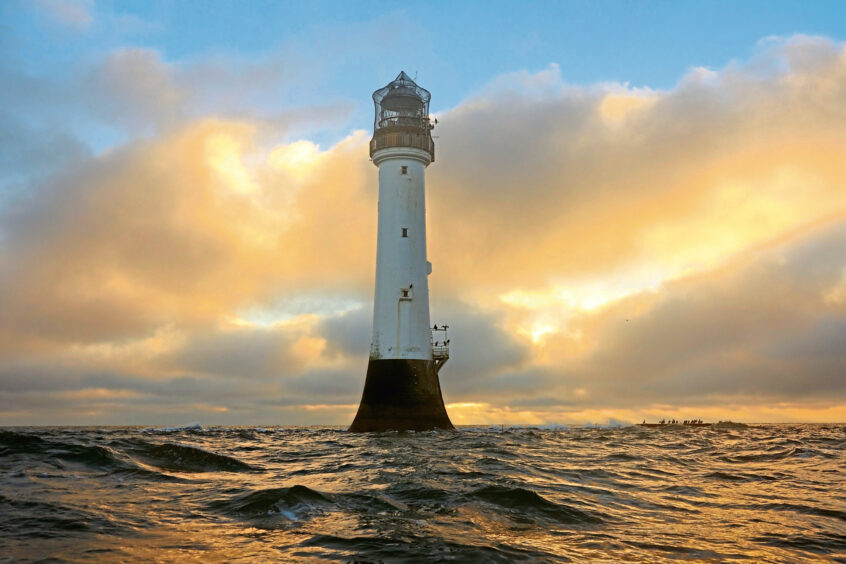

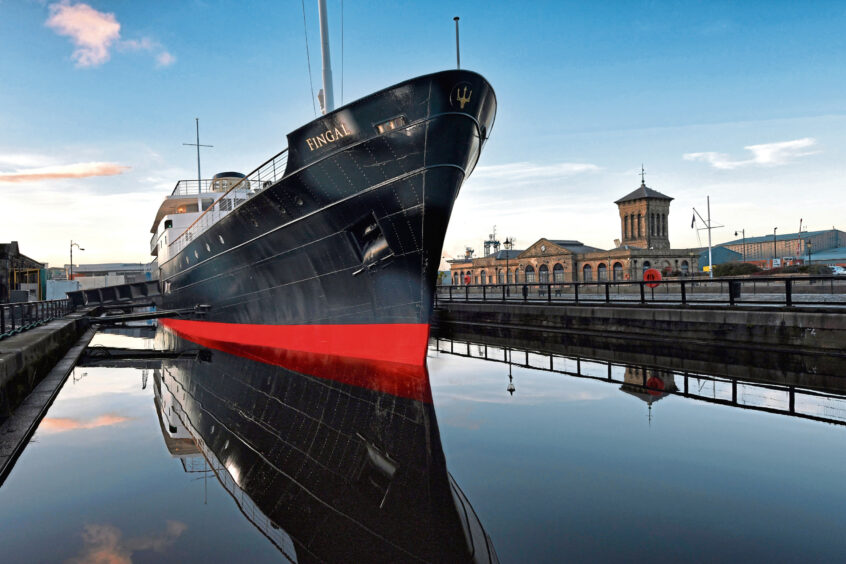

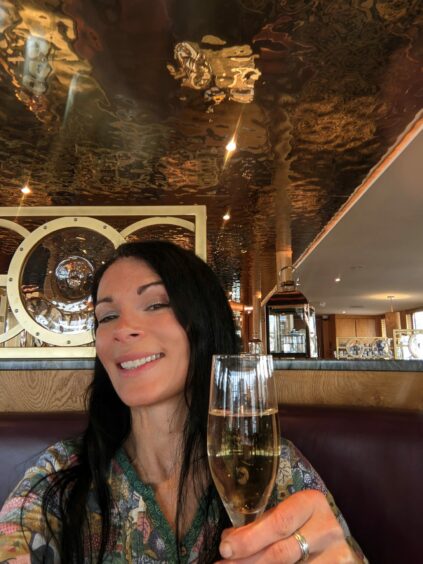
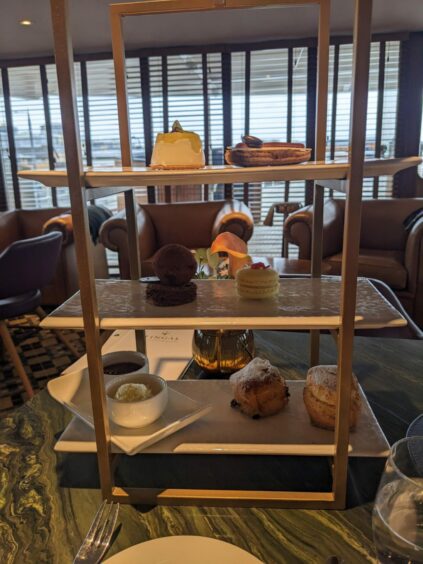
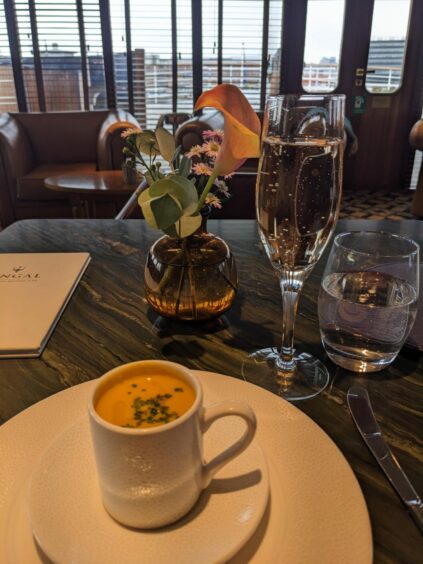
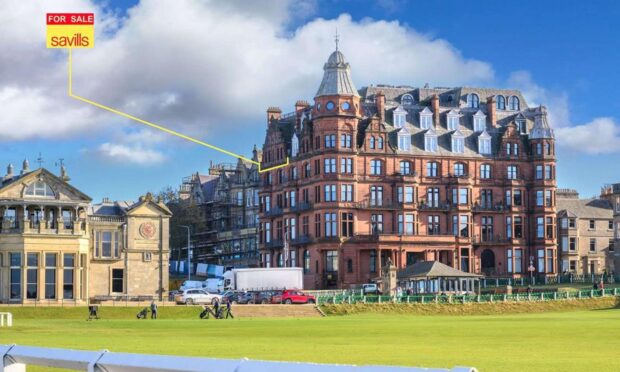
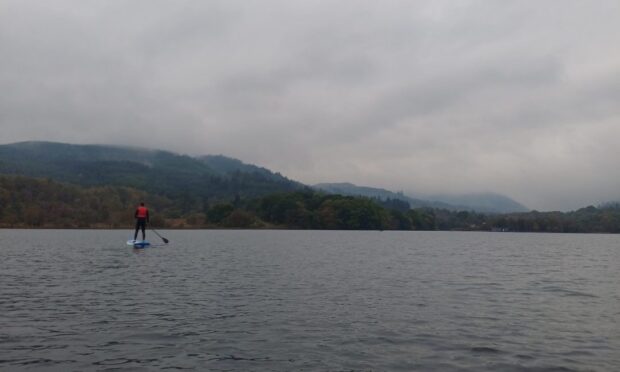
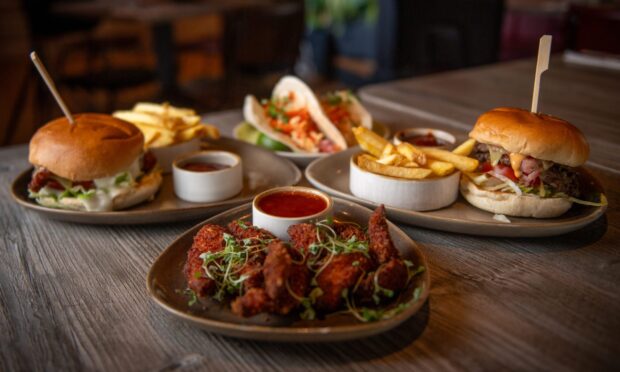

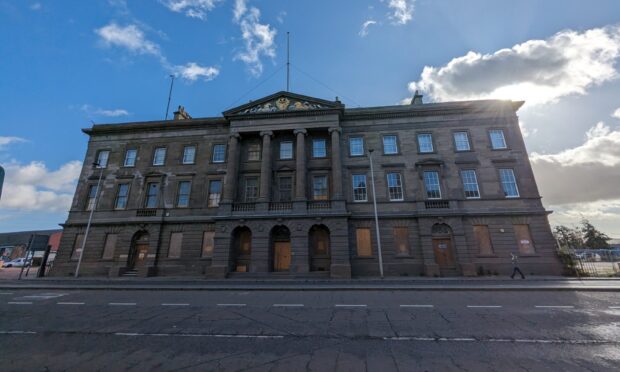
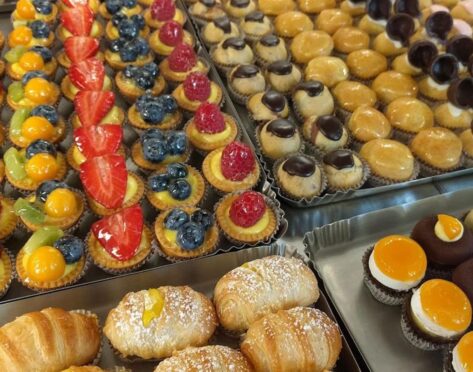


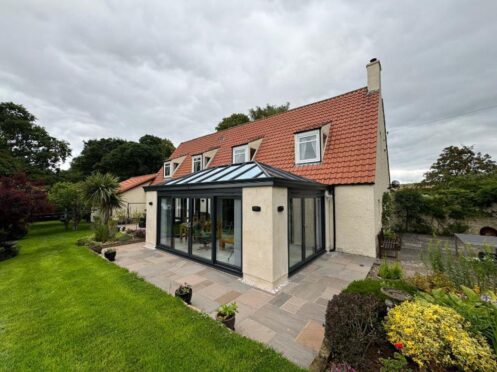
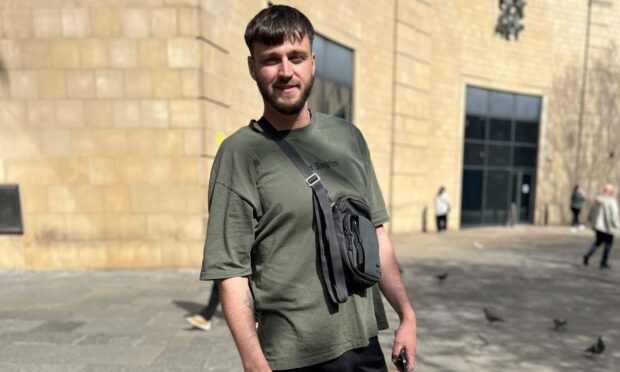
Conversation